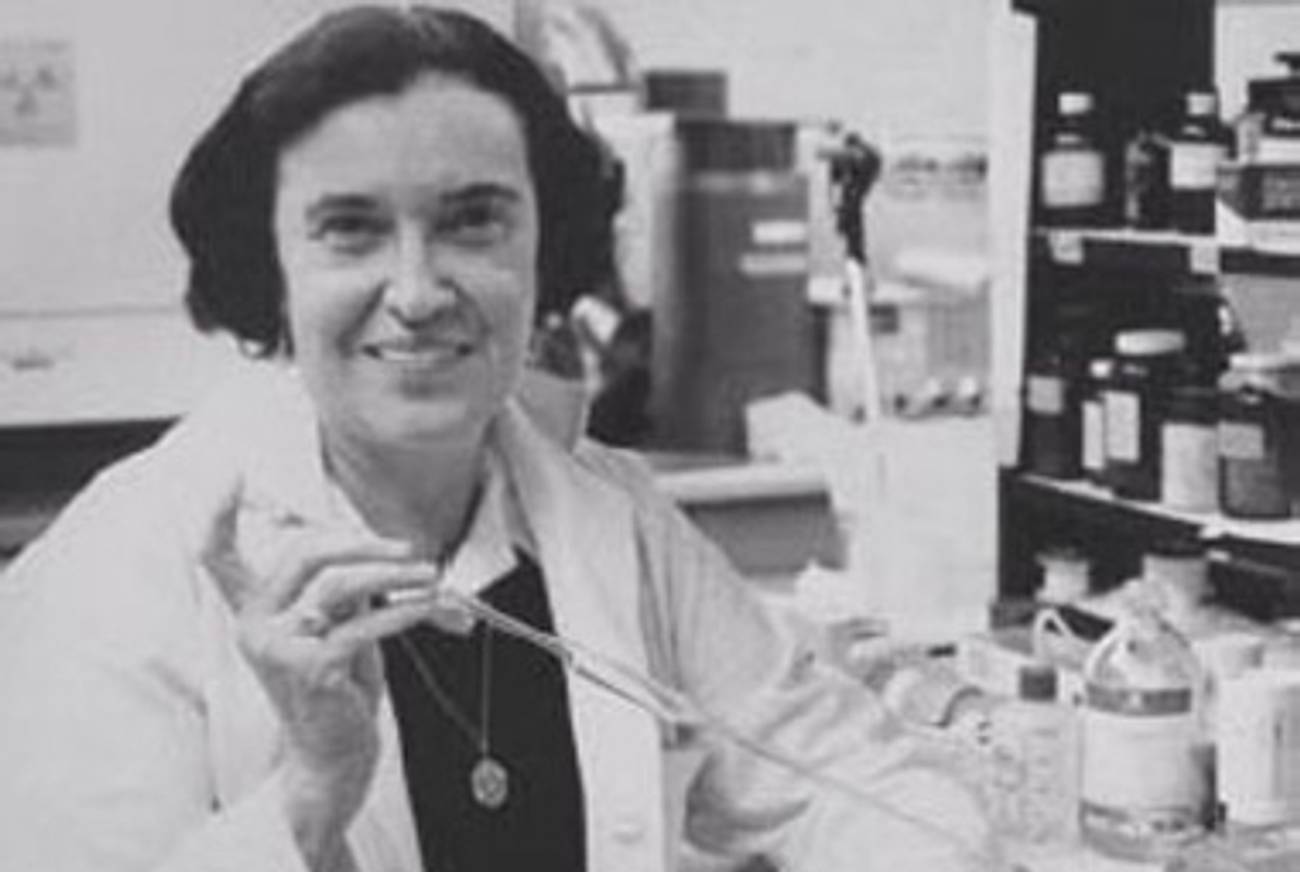An Exceptional Lady, of Her Time
Shivah Stars




Each week, we recognize the most interesting Jewish death. Rosalyn Sussman Yalow, who died last week, in the 1950s developed (with Solomon Berson) something called radioimmunoassay. Now used widely to screen donor blood for hepatitis and to detect underactive thyroids in babies under three months (in turn to prevent mental retardation), it was the first method sensitive enough to study hormones and other substances in the body, which it did by utilizing radioactive isotopes. Before Yalow came along, scientists had known there was a link between insulin levels and diabetes, for example, but could not measure insulin levels precisely. When Yalow won the Nobel Prize in Medicine in 1972, the committee compared radioimmunoassay to finding a sugarcube completely dissolved in Lake Erie, and finding all of it.
Coming only a few years after President Eisenhower’s ‘Atoms for Peace’ speech, it was a promising advance in medicine that was actually made possible by nuclear physics. Yalow was the first physics major to graduate from Hunter College in 1941, at the age of 19 (and before the nuclear bomb had been invented); she had heard Enrico Fermi lecture on the first experiments in nuclear fission. In 1945, Yalow got her Ph.D. in physics from the University of Illinois. (She earned two A’s out of a possible three; her A-, the chairman of the physics department argued, “confirms that women do not do well at laboratory work.”) Of a 400-person faculty there, she had been the only woman, and one of only three Jews, including her future husband and collaborator Aaron Yalow. In 1950, she became physicist and assistant chief of the radioisotope service at the Veterans Administration Hospital in her native Bronx. Her parents—Clara Zipper, who had emigrated as a small child, and Simon Sussman, who was born in the Lower East Side to Ukrainian parents—were poor and self-educated.
I learned these things in seventh grade, for a school report, and what impressed me then was how difficult it was for a woman to be a scientist and especially to do research, and how determined Yalow was to do it anyway. She still seems heroic to me. But it also strikes me now that Yalow’s achievement was made possible by a particular time and place. My grandfather, a biochemist and former colleague of Yalow’s at the VA, followed a similar trajectory: Dewitt Clinton High School, City College, the army, the University of Illinois. Both were born to immigrant parents in 1921: The same year Congress passed the Emergency Quota Act, drastically restricting legal immigration. Both grew up in the Bronx, where New York City public schools were committed to educating the children of immigrants. This sort of success story—quintessentially American, New York, and Jewish—is painfully dependent on numerous factors that may no longer exist: top-notch public education, the Veterans Administration, and progressive public spending generally. There is more to mourn in Yalow’s death than just her passing.
Abigail Miller is Tablet Magazine’s art director.